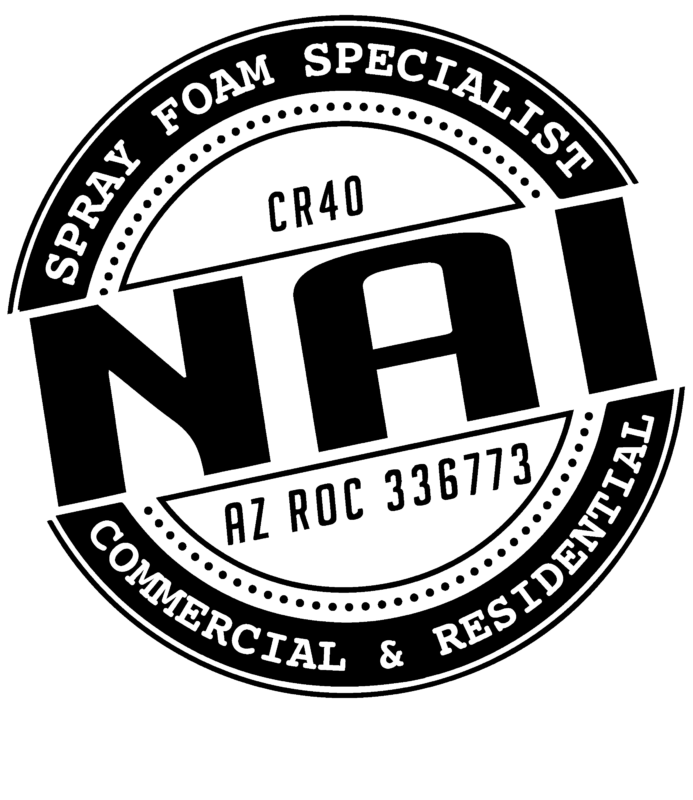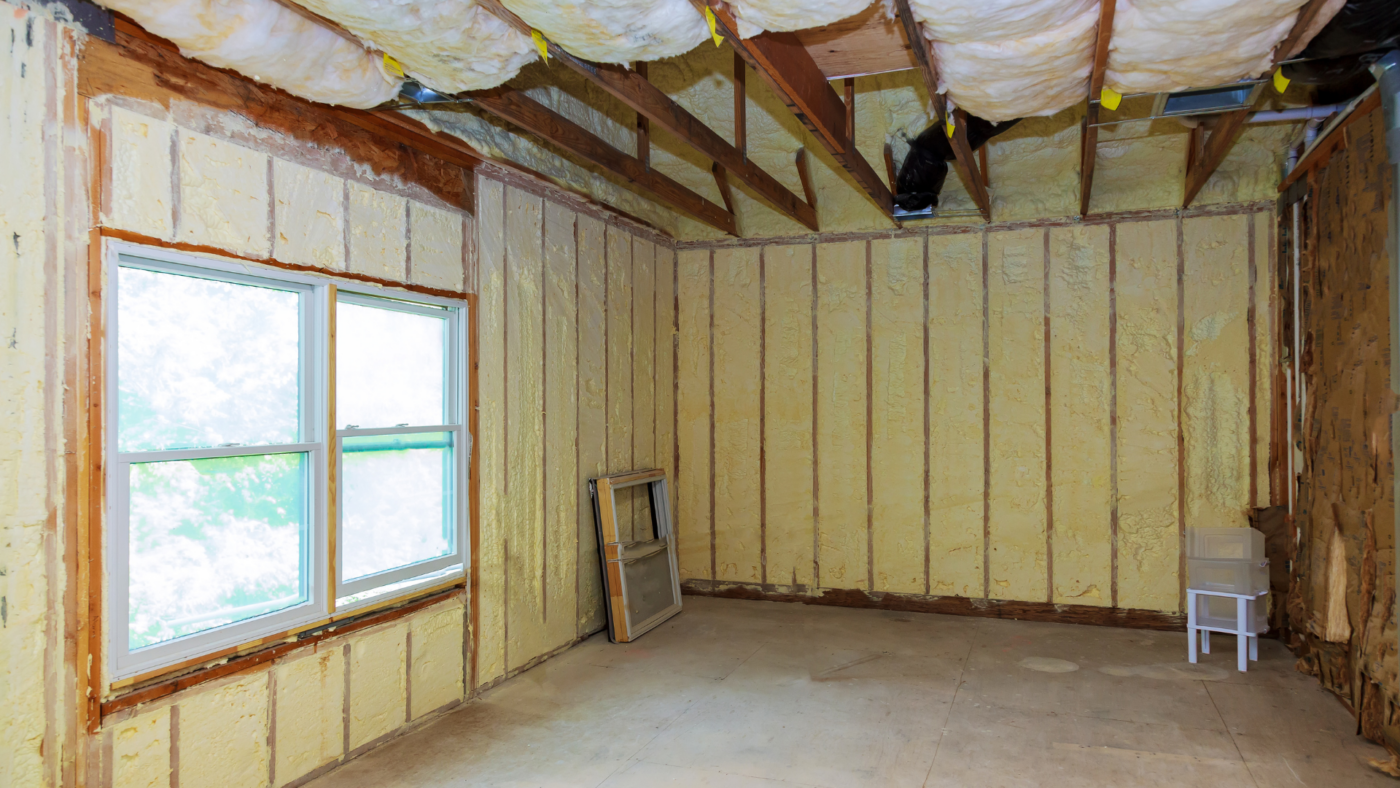Upgrading home insulation is one of the smartest ways to improve energy efficiency and comfort in your Cave Creek home. With the right approach, homeowners can enjoy a cozier living space, lower energy bills, and better indoor air quality. Insulation upgrades are a significant investment, so it’s essential to follow best practices to get the most out of your efforts.
In this blog, we will explore the key strategies and steps to make sure your insulation upgrade goes smoothly and delivers the best results. Whether you’re a DIY enthusiast or planning to hire a professional, these tips will help guide your decisions.
Understanding the Importance of Home Insulation
Good insulation does more than just keep your home warm in winter and cool in summer. It acts as a barrier against the outdoor elements, reducing heat transfer and keeping your home’s temperature stable. But beyond comfort, insulation plays a vital role in lowering energy consumption and costs.
Without proper insulation, your HVAC system works overtime, leading to increased energy bills and potential wear and tear on your equipment. Insulation also helps in reducing noise, improving indoor air quality, and even preventing moisture problems that can lead to mold growth.
Benefits of Insulation Upgrades
Investing in insulation upgrades offers several benefits:
- Energy Savings: A well-insulated home can reduce energy bills by up to 20%, making it a smart investment in the long run.
- Comfort: Insulation keeps your home at a more consistent temperature, eliminating cold drafts in winter and excessive heat in summer.
- Environmental Impact: Using less energy means reducing your carbon footprint, which is great for the environment.
- Home Value: Upgrading insulation can boost your home’s value, as potential buyers appreciate the long-term savings and comfort.
Types of Insulation Materials
There are several types of insulation materials available, each with its pros and cons. Knowing the differences can help you choose the right one for your needs.
- Fiberglass Insulation: This is one of the most common types. It’s affordable, easy to install, and provides good thermal resistance. However, it can irritate the skin and respiratory system during installation.
- Spray Foam Insulation: Spray foam offers excellent air sealing and high R-values, which makes it one of the most efficient insulation options. It expands to fill gaps, creating a tight seal that prevents air leakage. This type is particularly good for homes in Cave Creek due to the desert climate.
- Cellulose Insulation: Made from recycled paper, cellulose insulation is an eco-friendly option. It’s effective in reducing air leaks and offers good thermal performance, but it can be prone to settling over time.
- Rigid Foam Board: This type of insulation is ideal for walls and roofs. It’s lightweight, moisture-resistant, and provides high insulation value.
Assessing Your Current Insulation
Before making any upgrades, it’s important to assess your current insulation. This helps you identify areas that need improvement and determine the most effective way to enhance your home’s energy efficiency.
Inspecting Your Home for Insulation Gaps
Start by inspecting key areas in your home, such as the attic, walls, basement, and crawl spaces. Look for signs of insufficient insulation, such as:
- Drafty rooms
- Uneven temperatures
- High energy bills
- Cold walls, floors, and ceilings
- Ice dams on the roof during winter
If you notice any of these issues, it might be time to consider an insulation upgrade.
Conducting an Energy Audit
An energy audit is another effective way to evaluate your home’s insulation performance. During an audit, a professional will assess your home’s energy use, check for air leaks, and recommend the best ways to improve insulation. This thorough evaluation provides a clear picture of where your home is losing energy and what you can do to fix it.
Choosing the Right Insulation for Your Home
Not all insulation materials are created equal. The best choice depends on your home’s design, location, and specific needs. In Cave Creek, with its hot summers and mild winters, choosing the right insulation is critical to maintaining a comfortable indoor environment year-round.
Climate Considerations for Cave Creek
Cave Creek’s desert climate means that insulation needs to be able to handle high temperatures while keeping your home cool. Spray foam insulation is a great option for this climate, as it provides excellent thermal resistance and creates an effective air barrier. Other options, like fiberglass or cellulose, can also work well but may require more careful installation to ensure there are no gaps where hot air can seep in.
Understanding R-Value
R-value measures the insulation’s ability to resist heat flow. The higher the R-value, the better the insulation’s performance. For homes in Cave Creek, the U.S. Department of Energy recommends different R-values for different parts of the home:
- Attics: R30 to R60
- Walls: R13 to R21
- Floors: R25 to R30
It’s important to select insulation with the right R-value to ensure your home stays comfortable in both summer and winter.
Best Practices for Insulation Installation
Once you’ve chosen the right insulation, proper installation is key to getting the best results. Whether you’re taking a DIY approach or hiring a professional, following best practices ensures that the insulation performs as expected.
Preparing Your Home for Insulation
Before installing insulation, make sure your home is ready. This means:
- Sealing Air Leaks: Insulation works best when your home is properly sealed. Check around windows, doors, and any other openings for air leaks, and seal them with caulk or weatherstripping.
- Removing Old Insulation: If your current insulation is damaged, wet, or moldy, it’s best to remove it before installing new insulation. This ensures that the new material can perform at its best.
- Ventilation Considerations: Proper ventilation is essential in attics and crawl spaces to prevent moisture buildup. Make sure your home’s ventilation system is working correctly before adding new insulation.
DIY vs. Professional Installation
While some insulation upgrades can be done by homeowners, others require professional installation for optimal results.
- DIY Insulation: Installing fiberglass batts or blown-in cellulose can be done by homeowners with the right tools and safety equipment. However, it’s essential to follow the manufacturer’s instructions carefully to avoid gaps or compression, which can reduce the insulation’s effectiveness.
- Professional Installation: For more complex jobs, like spray foam insulation or insulating hard-to-reach areas, it’s best to hire a professional. Pros have the expertise and equipment to ensure that the insulation is installed correctly, providing maximum energy efficiency.
Maintaining Your Home’s Insulation
After the insulation upgrade is complete, ongoing maintenance is crucial to keep it performing well over time. Regular checks and timely repairs can extend the life of your insulation and keep your home comfortable and energy-efficient.
Regular Inspections
Perform regular inspections of your insulation, especially in areas like the attic and basement. Look for signs of wear, moisture damage, or pests that could compromise the insulation’s performance. Catching problems early can prevent more significant issues down the line.
Addressing Moisture Issues
Moisture is a common enemy of insulation. If you notice any signs of moisture, such as damp spots or mold growth, address the issue immediately. This might involve improving your home’s ventilation, fixing leaks, or even replacing the affected insulation to prevent further damage.
Conclusion
Upgrading your home’s insulation is one of the best investments you can make for comfort, energy efficiency, and long-term savings. Following these best practices will help ensure that your insulation upgrade is successful, keeping your Cave Creek home cool in summer, warm in winter, and energy-efficient all year round.
For top-quality spray foam insulation, trust NAI Spray Foam. Our expert team provides professional installation, ensuring that your home is sealed tight and well-insulated for maximum efficiency. Contact us today to learn more about how we can help improve your home’s insulation and comfort.

